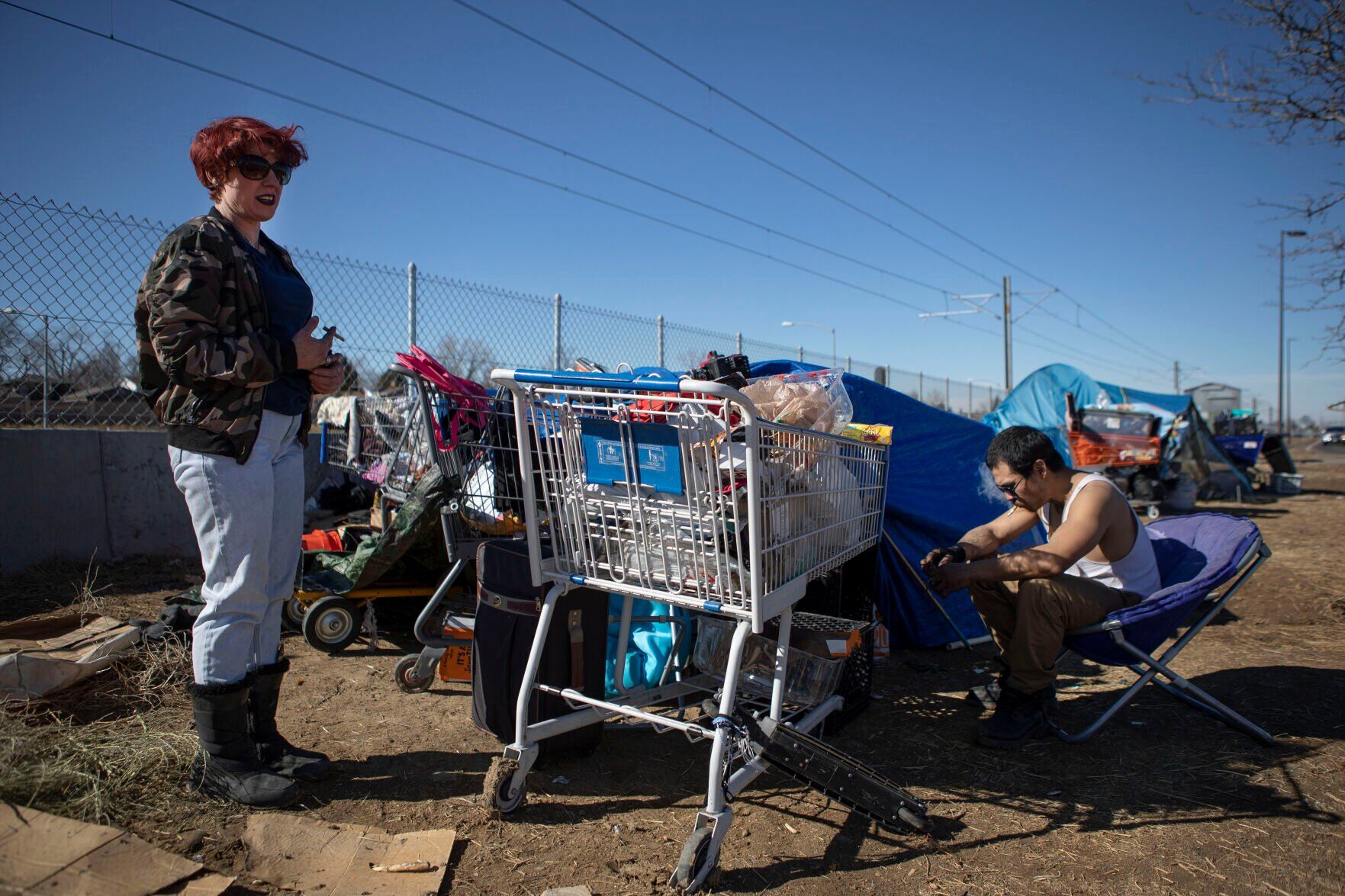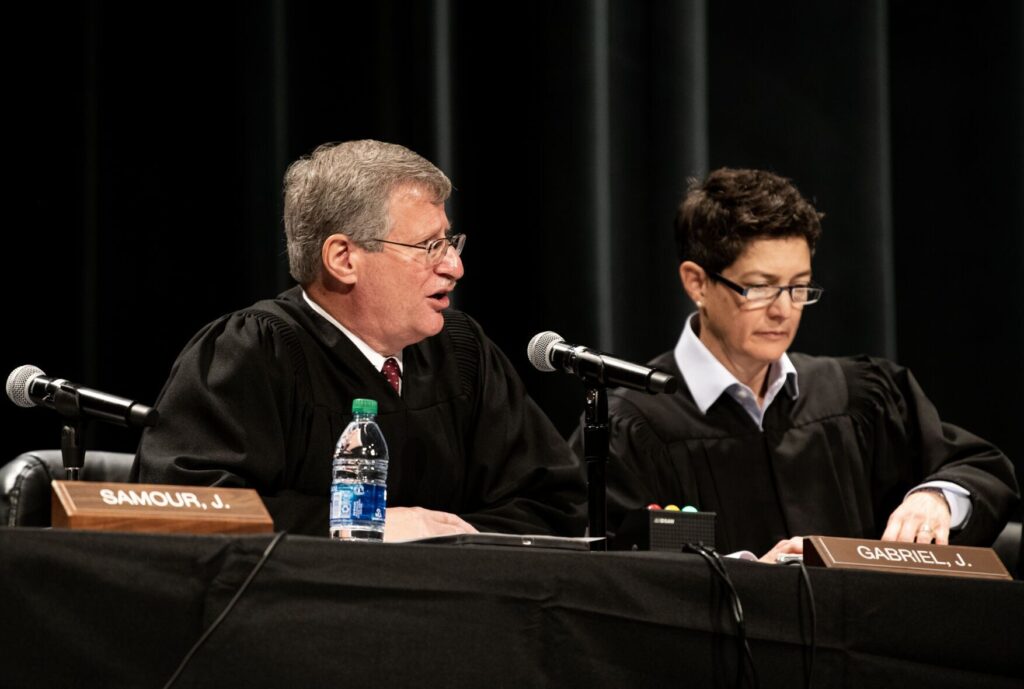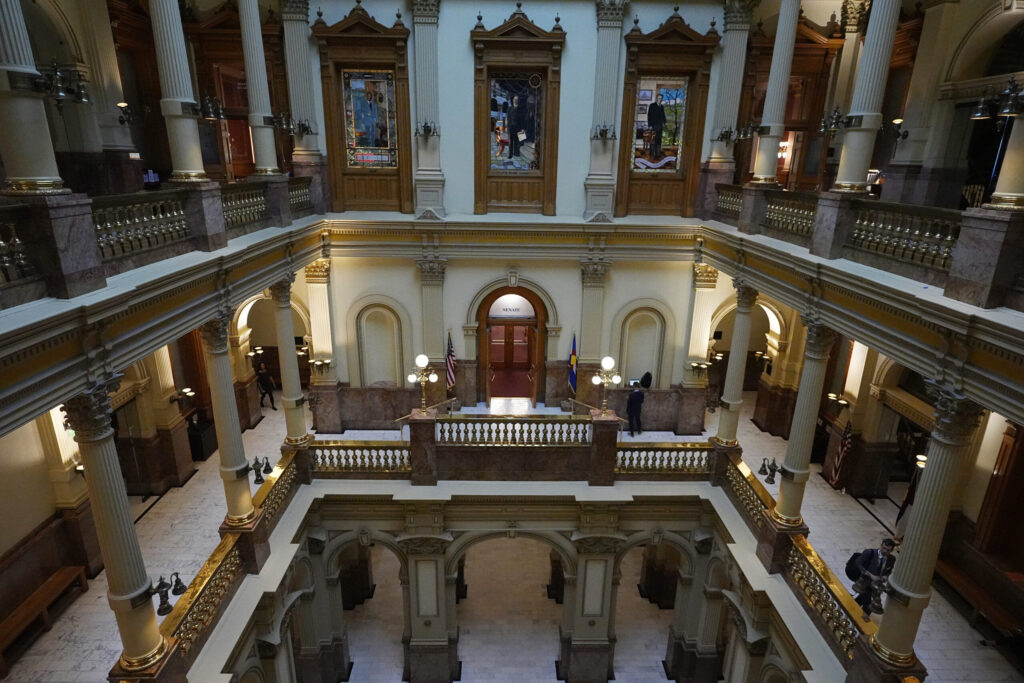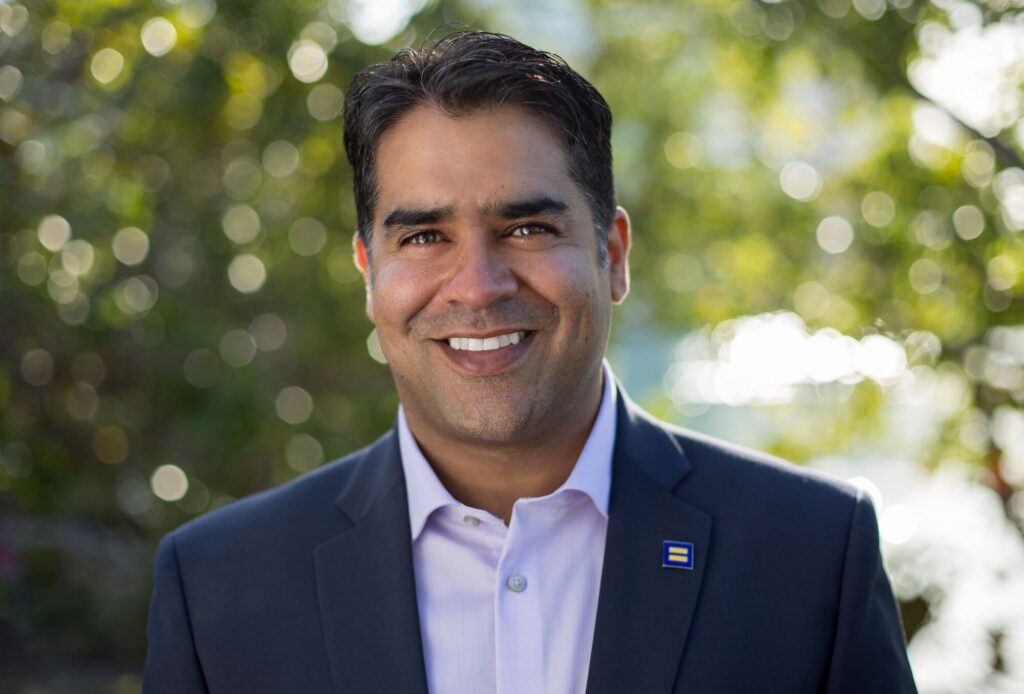Immigrants may cause spike in annual metro Denver homeless count

An annual count of Denver’s homeless population will include immigrants who crossed America’s southern border and ended up in the city’s shelters, potentially increasing the number by a significant amount.
The annual point-in-time count, which offers a snapshot of the country’s homeless population on a single night, is taking place across Adams, Arapahoe, Boulder, Broomfield, Denver, Douglas and Jefferson counties from sundown to sundown between Jan. 22 and Jan. 23.
Last year’s count put the number of homeless people at more than 9,000, but a different tracking system said the figure is closer to 30,000 throughout the year, leading many to believe that the annual point of time count is limited.
Kyla Moe, deputy director of Metro Denver Homeless Initiative, said the annual count does not ask people’s immigration status.
“So, someone who is a migrant who presented at a sheltered location operated by a homeless service provider or as unsheltered would be counted in the data,” Moe said.
Moe also noted that since homeless service providers operate city-acquired hotels and Mayor Mike Johnston’s administration’s “micro-communities,” people who stay there, whether immigrant or not, will be included in the count.
As of Monday night, Denver has served 37,844 immigrants who illegally crossed the border from Mexico and traveled to Denver. The crisis has cost the city $38 million – and counting.
Earlier this month, Johnston warned that the city has reached a breaking point and, if left unabated, the cost to taxpayers could reach up to $180 million this year. The mayor instructed his department heads to find 10% to 15% in budget cuts.
One study said that translates to $500 per Denver household.
Denver provided shelter to some 1,800 immigrants by this time last year. By Jan. 22, the number stood at roughly 4,300, according to a city dashboard.
It’s not immediately clear if all 4,290 immigrants are in shelters run by homeless providers and how many are at actual hotels – not the city’s hotel-turned-shelters – but whose stay is nonetheless paid for by Denver’s taxpayers.
The annual point-in-time count does not include people who stay with friends or family, or individuals who pay for their hotel stay. The Metro Denver Homeless Initiative considers them “at risk of homelessness” – but not homeless.
What’s also not clear is how many immigrants are “unsheltered” – the category used to describe individuals who sleep in public places, such as streets, parks or under bridges. The city of Denver conducted a sweep of a large immigrant encampment at Speer Boulevard and Zuni Street, which sprang up about three months ago when the immigrants – who had been sheltered – exhausted their city shelter vouchers and moved to the streets.
The Zuni Street encampment had had roughly 150 tents and about 300 immigrants.
A snapshot of time for metro Denver
Metro Denver Homeless Initiative, the region’s continuum of care organization designated by the U.S. Department of Housing and Urban Development to coordinate metro Denver’s homelessness response, noted that several variables could affect the count, such as weather, participation and number of volunteers.
The group’s volunteers and staffers will survey people at regional encampments, shelters and those visibly living on the streets starting Monday night, when temperatures were expected to fall between 28 and 43 degrees.
Some critics argue that the point-in-time count is not an accurate depiction of the number of homeless people in any given place. There were 9,065 homeless people counted as homeless in the region during the point-in-time count on Jan. 30, 2023.
But a little more than 30,000 people accessed homeless services between July 1, 2022 and June 30, 2023, the group said.
“We won’t have a full picture of what the city looks like until the point-in-time count,” Johnston previously told The Denver Gazette. “I think what you can see right now is for the first time, and, as long as we can remember, (in) all of central Denver, there are not any large encampments left in any part of the city, and that’s definitely a new day.”
Johnston’s administration, which made tackling homelessness its priority, has cleared several homeless encampment, notably 10 in the downtown area, since Johnston took office last July.
Johnston offered homeless people the opportunity to move into shelters, including at two previous hotels, and at micro-communities, where the city has erected “tiny” homes.
The mayor also moved 1,135 people into temporary housing before the end of 2023 – a key promise.
The city spent $45 million to achieve that specific goal last year, and Johnston wants to spend another $50 million to move another 1,000 people into shelters this year.
In Aurora, the point-in-time count will happen from 6 a.m. to noon Tuesday, with volunteers meeting up at the municipal center, and then splitting off into groups that will each cover a particular area of the city.
Along with making a count, volunteers will also survey homeless people about their circumstances and needs.
Aurora’s count from 2023, taken on Jan. 30, showed a total of 572 homeless people in the city, 409 of whom were “sheltered” – meaning they were in emergency shelters, transitional housing or safe havens – and 163 “unsheltered.”
The “unsheltered” category refers to people who sleep in public spaces, such as parks or under bridges, as well as in cars.
The 2023 count also collected various data, including how many people became homeless for the first time or were chronically homeless, the types of barriers to housing that they faced, as well as data on race and other demographics.
According to the count, two in five people surveyed in Aurora were first-time homeless and one-in-four were chronically homeless.
Native Americans or Alaska Natives were almost five times overrepresented relative to their makeup of the general population, the 2023 count data showed. Black people were also over two times overrepresented.
Aurora offers between 130 and 150 shelter beds on any given night, according to the city’s website. The city is up to 8,500 affordable housing units short.
Undergirding Johnston’s promise to end homelessness is an approach popular among the city’s homeless advocacy groups: “housing first.” The idea is to respond to an individual’s most acute need first, which is housing, and then offer other services later.
The Colorado Coalition for the Homeless explained the concept this way: “It is important to note that housing first does not mean ‘Housing Only.’ Rather, Housing First best practices dictate that intensive treatment and case management be offered to those housed through the program.”
“The main distinction is that treatment is not a pre-condition of receiving housing,” the group added. “Treatment services are provided after housing is obtained, once the treatment provider has gained the trust of the individual and is ready to accept treatment.”
Aurora’s council, on the other hand, took notes from strategies used by cities in Texas and Colorado Springs and borrowed from “work-first” and “treatment-first” models by providing anyone in need with emergency services but offering more robust services to people who are participating in the workforce and receiving any behavioral health treatment they may need.
“We do have two very different approaches,” Aurora Mayor Mike Coffman last year said.














